“These are not feel-good art exhibitions. They are shows that should be seen.”
http://www.northwestmilitary.com/music-and-culture/arts-features/2016/01/prison-obscura/
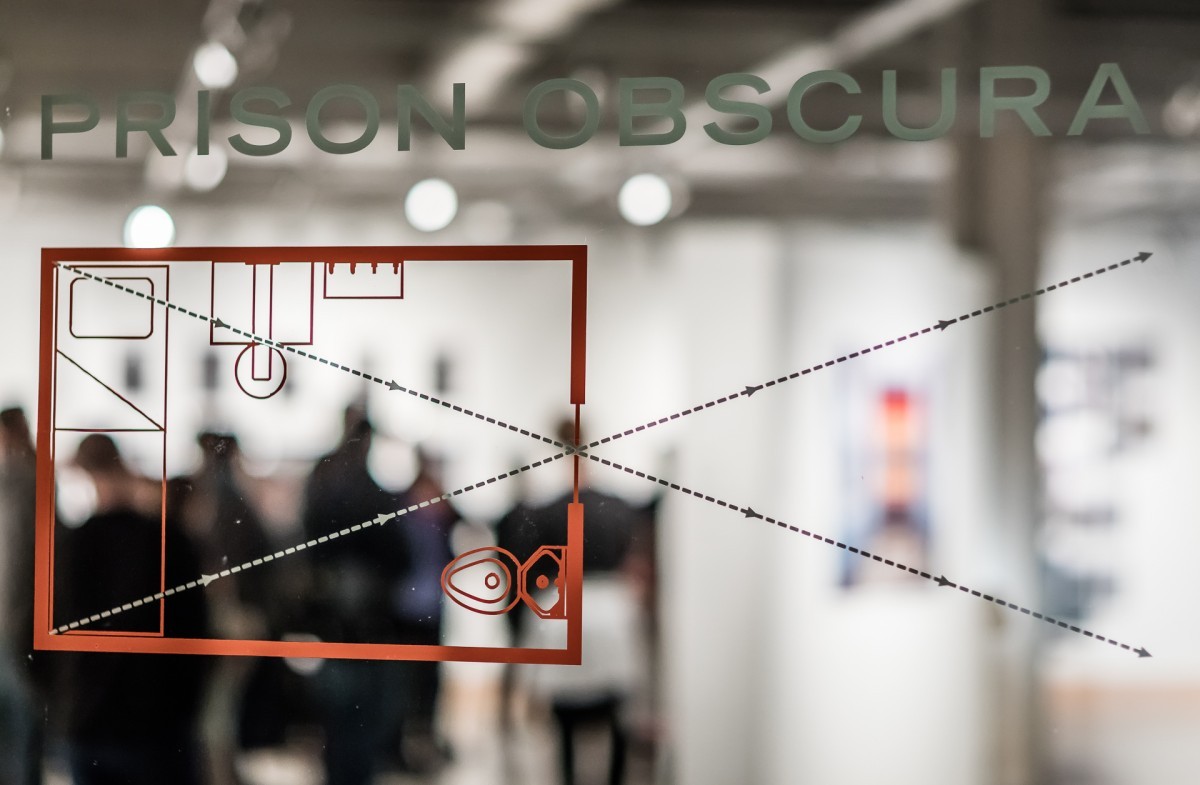
“These are not feel-good art exhibitions. They are shows that should be seen.”
http://www.northwestmilitary.com/music-and-culture/arts-features/2016/01/prison-obscura/
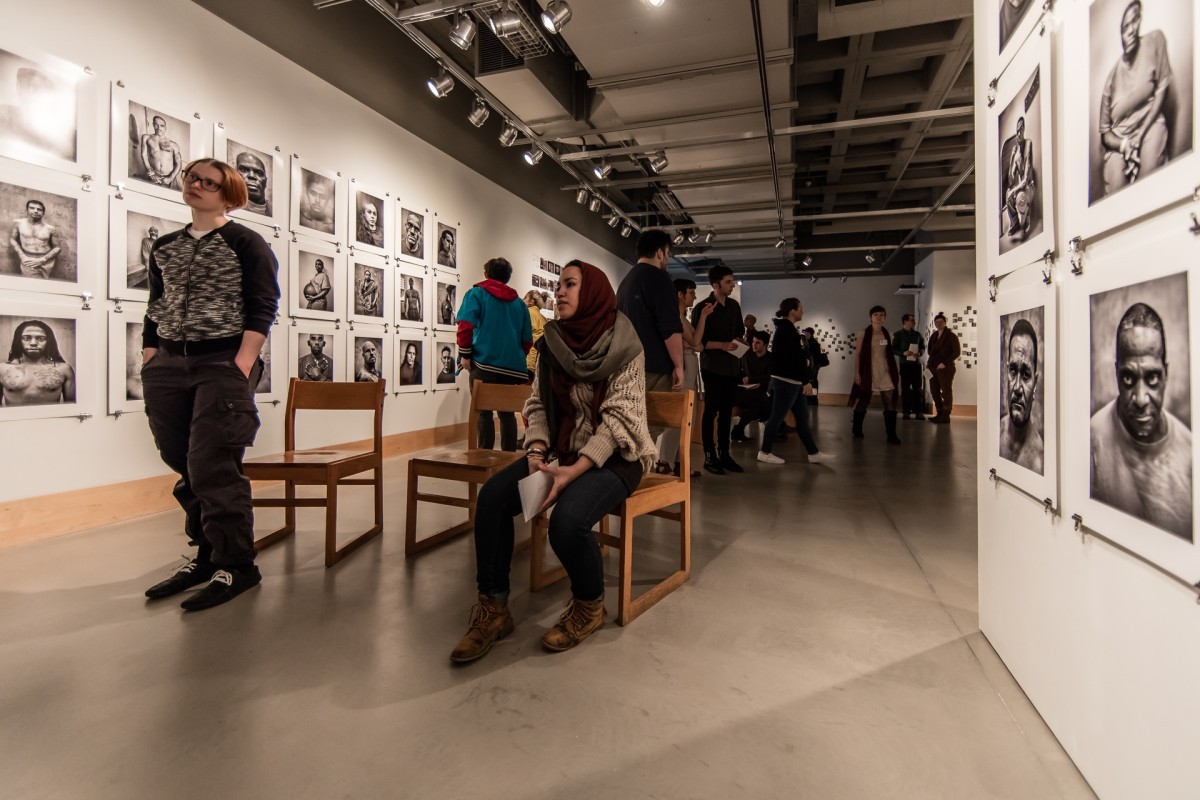
Curator Pete Brook talks about the purpose behind Prison Obscura, a traveling exhibition made possible with support of the John B. Hurford ’60 Center for the Arts and Humanities and Cantor Fitzgerald Gallery at Haverford College, Haverford, PA.
Prison Obscura opened at Evergreen Gallery this past Thursday to a packed house! Students, faculty, administrators, and community members came together to immerse themselves in this spectacular exhibition. Curator Pete Brook walked the audience through each body of work featured in Prison Obscura, pausing to answer questions and engage with the audience on the topics of mass incarceration, self-representation, and images as tools for activism and change.
If you missed out on the opening, don’t worry! You can still see Prison Obscura until March 2 at Evergreen Gallery.
Evergreen Gallery (located on the second floor of the Library, down the hallway to the right of the Library’s front entrance) is open Tuesday, Thursday, and Friday from 10-5, and Wednesday from 1:30-5.
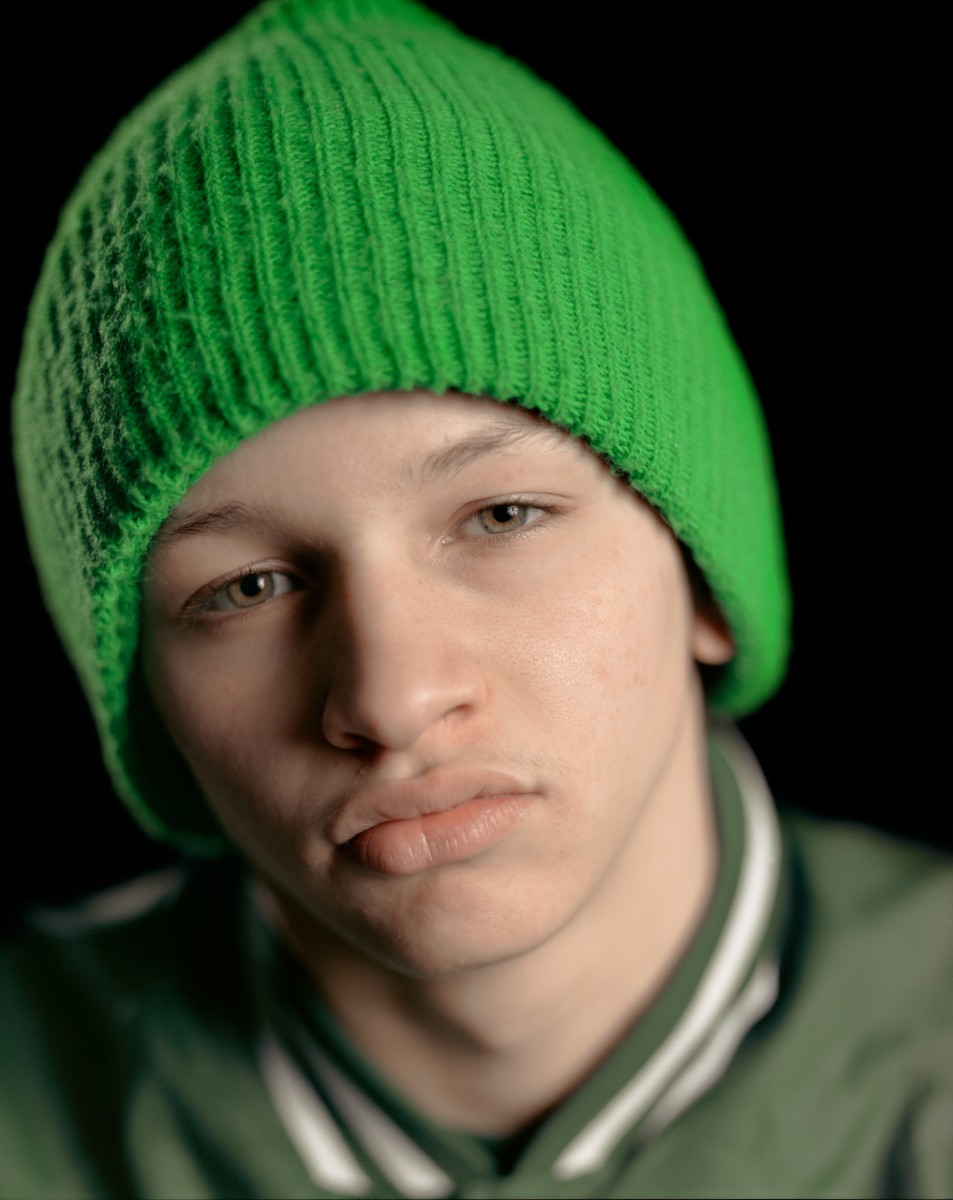
Galerie Fotoland presents selections from Steve Davis’ Captured Youth— a series of portraits of incarcerated juveniles produced from 1997 – 2005.
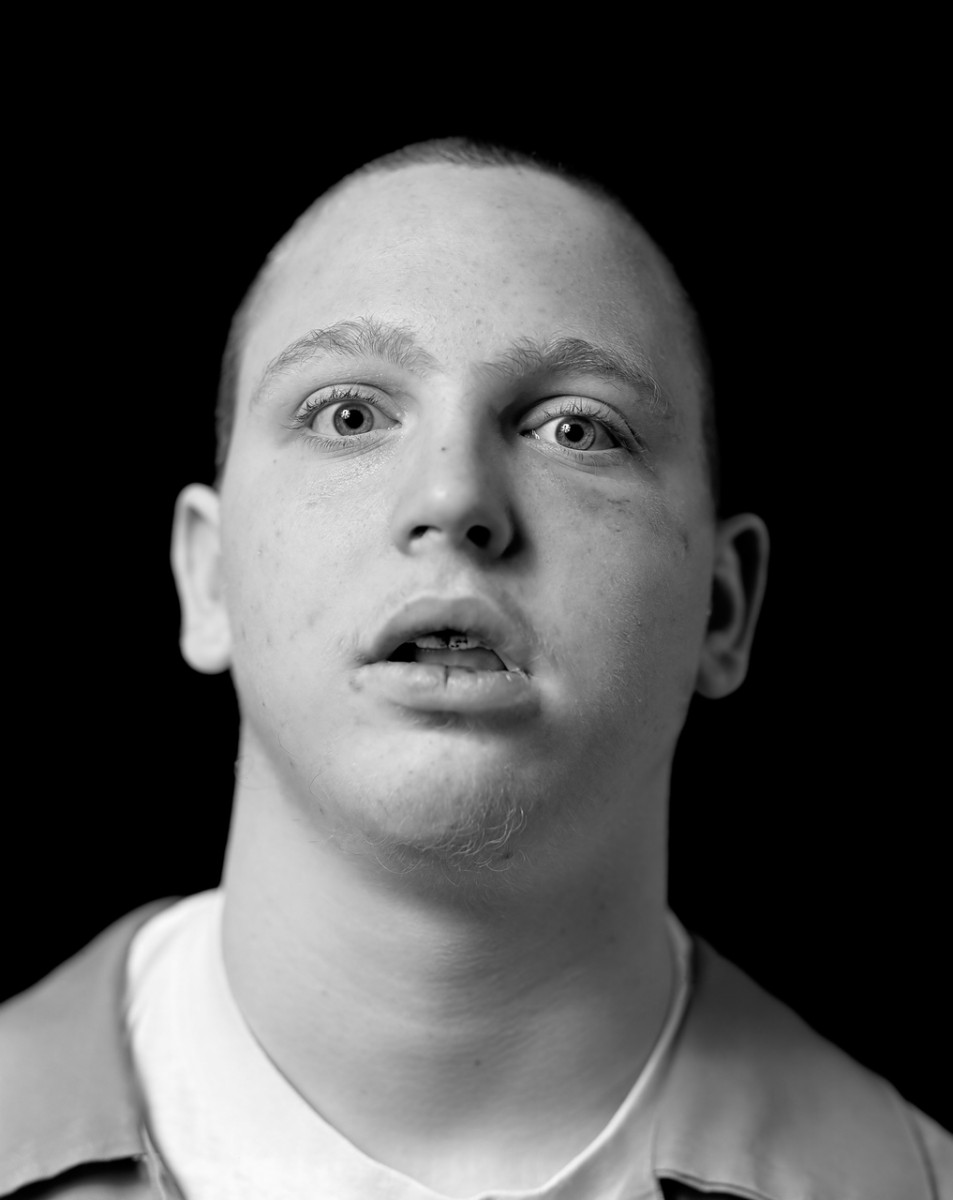
Steve Davis, Evergreen faculty/staff member, will talk about his work, in conjunction with the Galerie Fotoland exhibition Selected Work from Captured Youth.
Works by Inmates of the Washington Corrections Center.
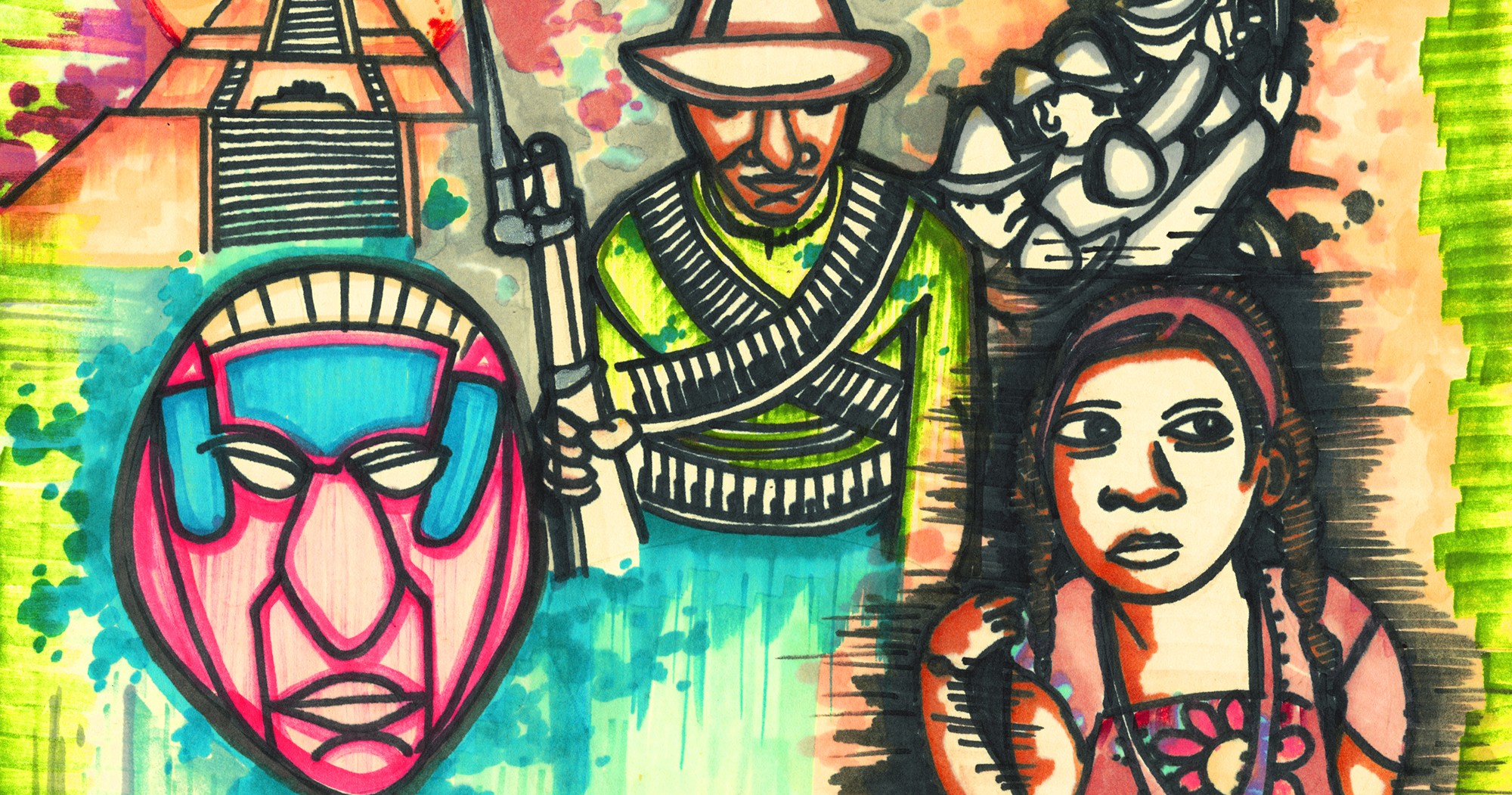
Posters, portraits and artwork highlighting the Gateways for Incarcerated Youth program’s work with juvenile residents of the the Green Hill School.
Rappers from the Green Hill School (juvenile incarceration facility.) Produced by Hami Bahadori and the Green Hill School residents.
Gateways for Incarcerated Youth is a 20-year collaboration between The Evergreen State College and Washington’s Juvenile Justice & Rehabilitation Administration. Through its various components, including a College Class and an Academic Mentoring Program (AMP), Gateways provides juvenile males—while incarcerated at Green Hill Institution in Chehalis, Washington, and in their post-release communities—with support to pursue educational goals, acquire leadership skills, and to enhance and express the artistic and other talents that they possess. The College Class features Green Hill classroom activities, including seminars and workshops, jointly planned and facilitated by Evergreen students and incarcerated youth. As participants in AMP, Evergreen students serve as mentors and tutors to youth, both at Green Hill and in transition at group homes in Olympia and Lakewood, Washington. Guided by the principles of popular education, Evergreen and Green Hill students collaborate to further their educational journeys and, in the process, work toward a more just future for all. –Chico Herbison, Gateways Faculty Member
Curated by Pete Brook
Prison Obscura Opens to a Packed House @ Evergreen Gallery!
A pinhole punctures one side of the box-shaped camera obscura or “dark chamber,” allowing a small ray of light to slip into the darkened interior. Projecting an upside-down, left-to-right reversed image of the outside world on the opposite wall, the box might allegorize sight itself, shadowing the play of inverted light shared between pupil and retina. “The image in the camera obscura looks so real and yet there is clearly something fundamentally wrong with it,” writes critic Gen Doy. “Using a mirror can make things look right, but that merely changes things on the level of sight, not comprehension. For that you need to stand outside of the darkened box.” 1
Prison Obscura considers this fundamental distortion that characterizes vision and viewing, how we see and don’t see the people we incarcerate, the people we put in boxes. Guiding the viewer through the visual culture of America’s prisons, the exhibit traces the contours of that box, to attempt to make sense of the dominant narratives and stereotypes that somehow justify a U.S. system now locking up people at an unprecedented rate. What do we know of our prisons? Do photographs help us know? Are the images of prisons we see reliable? Are they even useful? How do images relate to the political, social, and economic realities that exist within our prison industrial complex? Do prisons, as closed sites, present any challenges to the claims photography makes as a medium of communication? – Pete Brook
Links
Prison Obscura Essay and Bibliography – Haverford College
Gut-wrenching photo evidence from Brown vs. Plata in ‘Prison Obscura’– LA Times
This Is What Art Made by Prisoners Looks Like -Vice
America’s Prison Problem -ACLU
A Tacoma Campus Panel Discussion
10:00am and again at 6:00pm
Part of the Tacoma Lyceum: a panel speaking from the experience of incarceration and liberation.